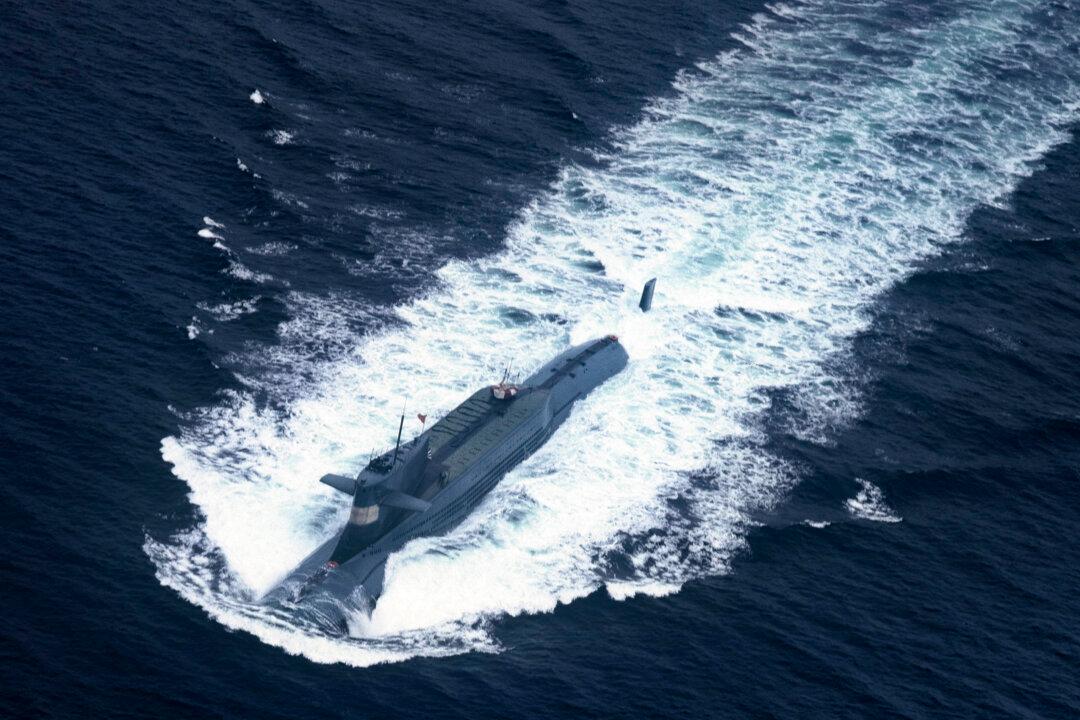India’s power in the Indian Ocean region, relative to Beijing’s, is “on the cusp of eroding rapidly,” and it is up to Australia and the United States to focus on military cooperation to bolster the Modi government’s military capacity in the Indian Ocean, according to a new report from the United States Studies Centre.
The report highlights that the Chinese Communist Party (CCP) is rapidly growing its navy, which is commissioning more large ships with greater range. This includes three aircraft carriers, eight new cruisers, and dozens of destroyers and frigates fitted with guided missiles. More ships of each type are planned.





